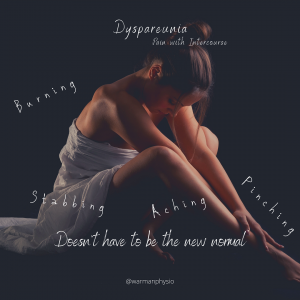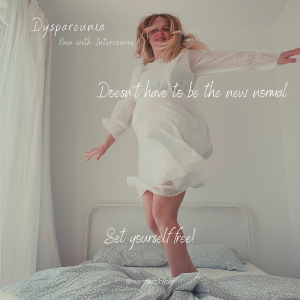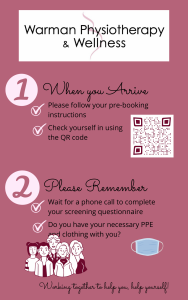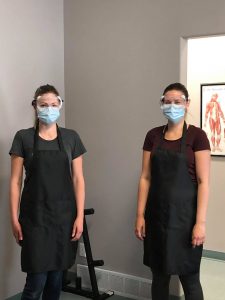How Physiotherapy Can Help Relieve Jaw Pain (TMJ Dysfunction)
Are you struggling with jaw pain or TMJ dysfunction? You’re not alone! Many people experience discomfort in their temporomandibular joint (TMJ), which can make everyday tasks like eating or talking painful. Depending on the cause of your TMJ pain, physiotherapy can often help alleviate your symptoms and improve your quality of life.
What Can You Expect From Physiotherapy for Jaw Pain?
Let’s look at a typical case of a client visiting our clinic for jaw pain treatment:
Client Case Study:
TK, a 30-year-old woman, was referred to physiotherapy by her dentist for TMJ dysfunction. She had been experiencing pain on the right side of her jaw, occasionally affecting the left side as well. The pain began 6 months ago without any clear cause, and there was no history of clicking, locking, or injury to the jaw. TK also had recurring neck stiffness and occasional headaches.
Despite expecting the pain to resolve on its own, it became more persistent over time. Recently, she switched to a desk job that involves less physical movement, which she feels may have contributed to her symptoms. Additionally, TK grinds her teeth at night (bruxism), and her dentist fitted her with a night guard to help manage this.
Physiotherapy Assessment for Jaw Pain
When TK visited the clinic, the physiotherapist conducted a thorough assessment, focusing on her jaw and neck. This included:
- Checking the range of motion and muscle strength in her neck and jaw
- Assessing the ligaments and joints of the cervical spine and TMJ
- Examining the muscles inside the mouth to assess jaw movement
The physiotherapist diagnosed TK with myofascial pain syndrome affecting her TMJ, particularly on the right side. She also had articular dysfunction in her upper cervical spine. In simple terms, this means her muscles were tight and the joint movement in her jaw and neck was not optimal.
Treatment Plan for TMJ Dysfunction
TK was advised to attend 6 physiotherapy sessions, scheduled once a week, which is typical for managing TMJ issues. Each session focused on relieving jaw pain and improving her overall function.
What Does Treatment Involve?

A physiotherapy approach usually involves manual therapy on the outside and inside of the mouth and jaw
- Manual therapy on the muscles and joints in the jaw and neck
- A customized home exercise program that includes:
- Jaw and neck range of motion exercises
- Strengthening exercises for the cervical spine and jaw
- Relaxation techniques and diaphragmatic breathing to reduce muscle tension
- Ergonomics tips for better posture at work and while sleeping
The Results
After several treatment sessions, TK reported significant improvement in her jaw pain, with only minor tightness remaining, which she managed through her home exercises. A follow-up appointment was scheduled 6 weeks later to ensure her progress was maintained. TK later contacted the clinic to share that her symptoms continued to improve, and she was discharged from physiotherapy care.
Why Physiotherapy for Jaw Pain?
If you’re suffering from jaw pain or TMJ dysfunction, physiotherapy may be the solution you need. Our team of experts can assess your symptoms and create a personalized treatment plan to help you get back to living pain-free. Contact us today to learn more or schedule your appointment in Warman or Saskatoon!
*Pro Tip: both Shannon Domres (Warman, Saskatoon) and Kendra Usunier have keen interest in TMJ assessment and treatment!







